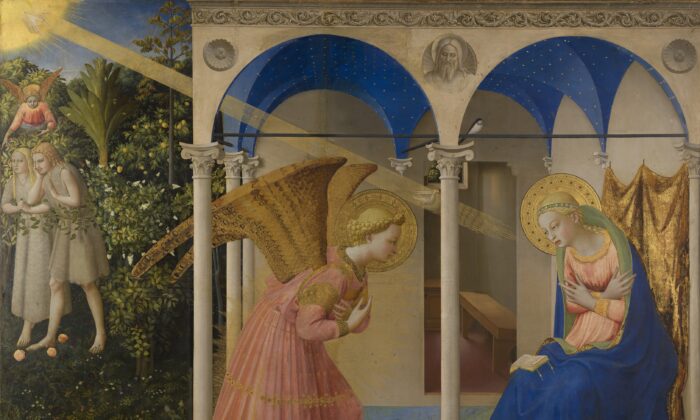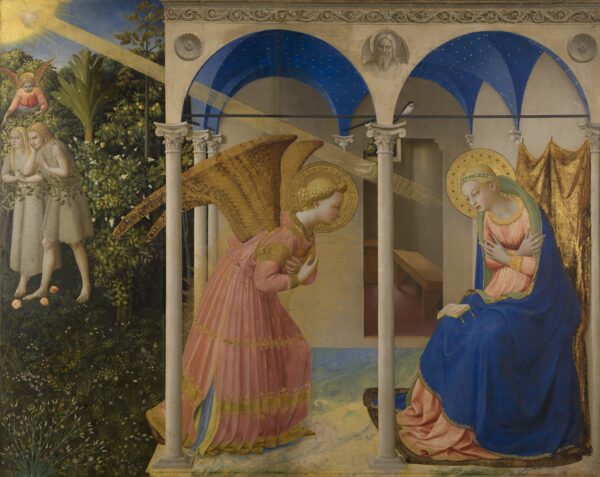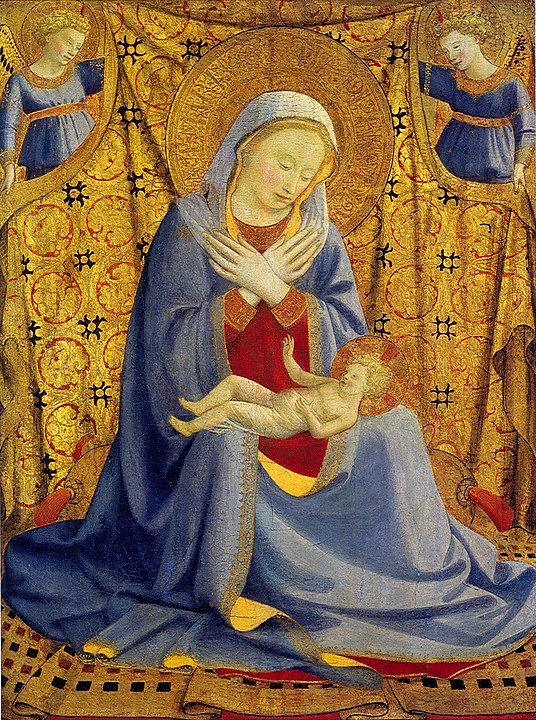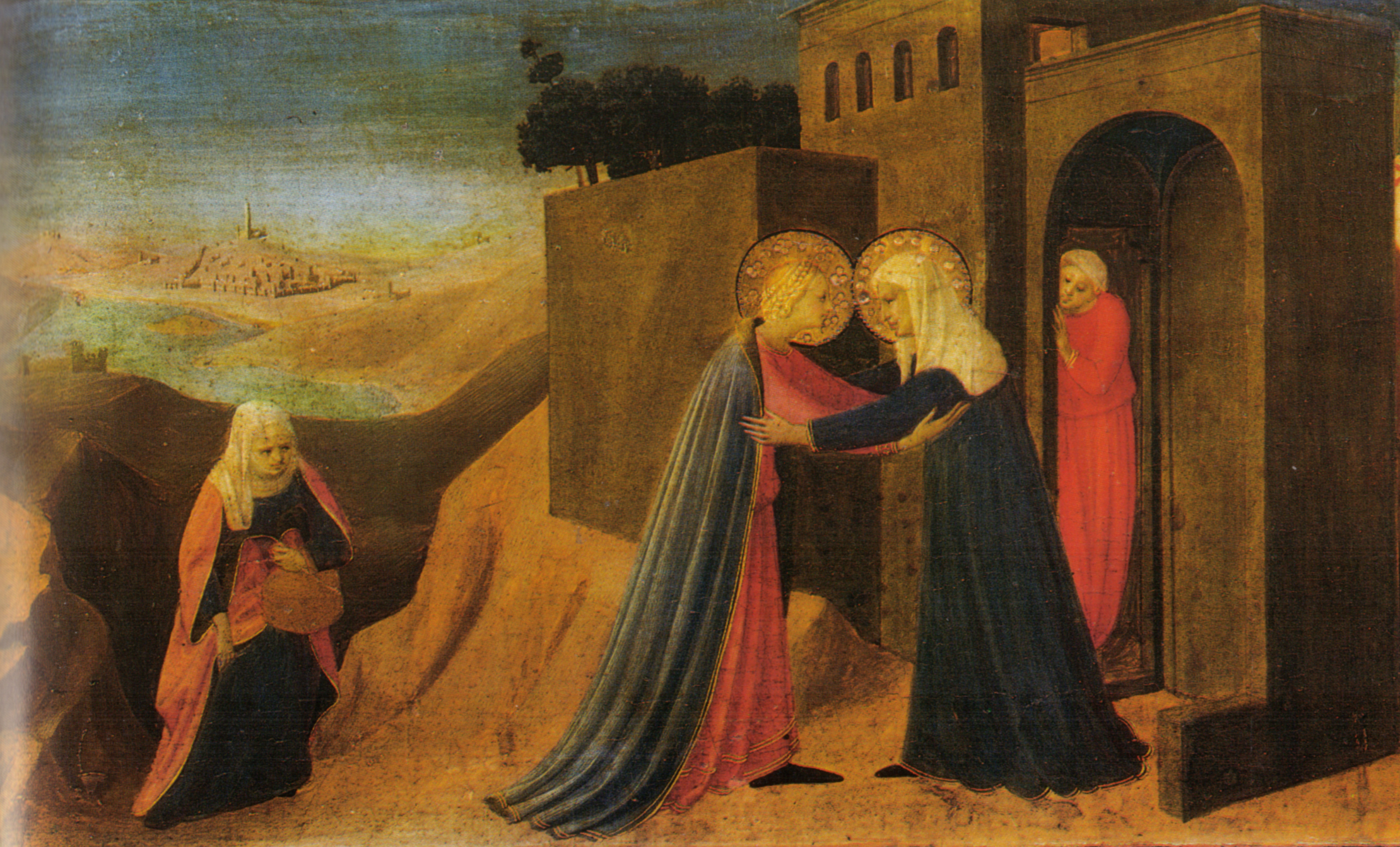
Are you ready for Christmas?
Christmas prepping is a practice many of us share. Whether you are writing a wish list or to-do list, dream sheet or balance sheet, cooking, cleaning, or polishing up behavior to eke onto the nice list, before celebrating Christmas, there is work to be done.
Perhaps you’ve already decorated your home with twinkling lights or picked out the fluffiest tree. Me? I’ve just started planning menus and hoping we’re not too late to purchase a nine-foot Fraser fir. Last year, an especially scrawny six-footer was the best we could find. Yet this year, the trouble is still finding the time.
As we struggle to prepare for the joy to come, there’s expert help to be found. Let us look to a lesson from the mother of all Christmas preppers—Mary.

Mary Readying Herself for Christ’s Birth
Mary was the first to actively anticipate Christmas Day. Her gentle service is worth considering. Bible never mentions Mary fussing over a subtly decorated nursery or a perfect home, except insofar as it pertained to her very person. God called, Mary answered. When she was praised, Mary gave all glory and thanks to God. She never declared it was time to secure her own comfort or pamper her psyche. In fact, right after Mary came to expect Jesus, she set out to care for her aging cousin Elizabeth, who was also with child. For Mary, taking care of herself meant loving and serving God.
As God would have it, when the time came for Christ to be born, Mary and Joseph were called away from their physical home in Nazareth to be counted in the census. In place of fine accommodations, Jesus was born in a stable in Bethlehem. Christ came into the world where it pleased God to bring him forth. He humbled himself to be born of a woman and laid in a manger where animals fed. A king unlike any other, he came to serve rather than be served.
heart, soul, and womb of Mary were arranged with such love that no matter the exterior circumstances, her interior made a radiant home for Jesus. Mary provides a great lesson in how to carry Christ. Though she often seemed surprised by God’s plans, she was still prepared. Throughout art history, the figure of Mary has been honored and memorialized for this role.

Sacred Art of Fra Angelico
Sacred art is a particular gift to the faithful. Historically, many followers of Christ could no more afford a copy of the Bible than they could read one. Since as early as the second century after Christ was born, Christian art has been an aid to prayer, faith, and understanding.
One of the greatest artists to invest his talents toward illuminating events in the lives of Jesus and his disciples was Fra Angelico. This artist was not only a prolific painter, but also a sincere believer. Guido di Pietro, as he was originally named, was so widely considered a man of faith that he became more recognizable by the title “Fra Angelico” which means “angelic friar.”
Probably born around the year 1395, Fra Angelico was a consecrated brother in the Dominican order. An especially brilliant artist, it’s said that he prayed constantly while creating his masterpieces.
Fra Angelico painted Mary and Jesus over and over again, meditating as he went on the way to love and serve God. His paintings of the Annunciation are famously beautiful. y are also highly theological. Annunciation altarpiece was painted for the church of San Domenico in Cortona around 1430. At the heart of the work, the Angel Gabriel bows to Mary, honoring her with the greeting of God.

Holy Spirit also hovers in gold above Mary, who crosses her arms in loving submission to the Lord. Mary is juxtaposed in a posture of humble reverence. Her humility can be compared to the humiliation of Adam and Eve, depicted in the upper lefthand corner of the work. Viewers are meant to recall the expulsion of the first man and woman from the Garden of Eden following their disobedience to God. In holy obedience, Mary is thus set as the new Eve. She submits to the will of God making way for Christ.
Beneath the image of this Annunciation, the altarpiece is adorned with numerous painted scenes familiar to the faithful. Of special note among the rich collection depicting the life of Mary is a picture of “ Visitation.” little painting portrays the Blessed Mother arriving in the hill country. Mary reaches out, bearing Christ to her cousin Elizabeth, who is pregnant with John the Baptist. Mary is dressed in red, a color that symbolizes humanity; she is also draped in blue, the color of heavenly grace. According to the Bible, the unborn child John leaped for joy at the sound of Mary’s greeting, which also heralded the coming of Christ. Such scenes are meant to lead viewers to a deeper contemplation of salvation history.

Six hundred years after he lived, the exceptional Renaissance painter Fra Angelico still points to Christ through his work, and through the example of his life as a friar. He spent his life praying and meditating on the word of God while bringing it to light in paint. His efforts bore good fruit: On Oct. 3, 1982, Pope John Paul II beatified Fra Angelico. In 1984, he was declared the patron saint of artists. His work is moving to behold. He is especially noted for his paintings of Mary. For many who celebrate Christmas, the art remains a special gift, intended to aid viewers in contemplation and preparation.
Pezou : Mary and the Angelic Friar